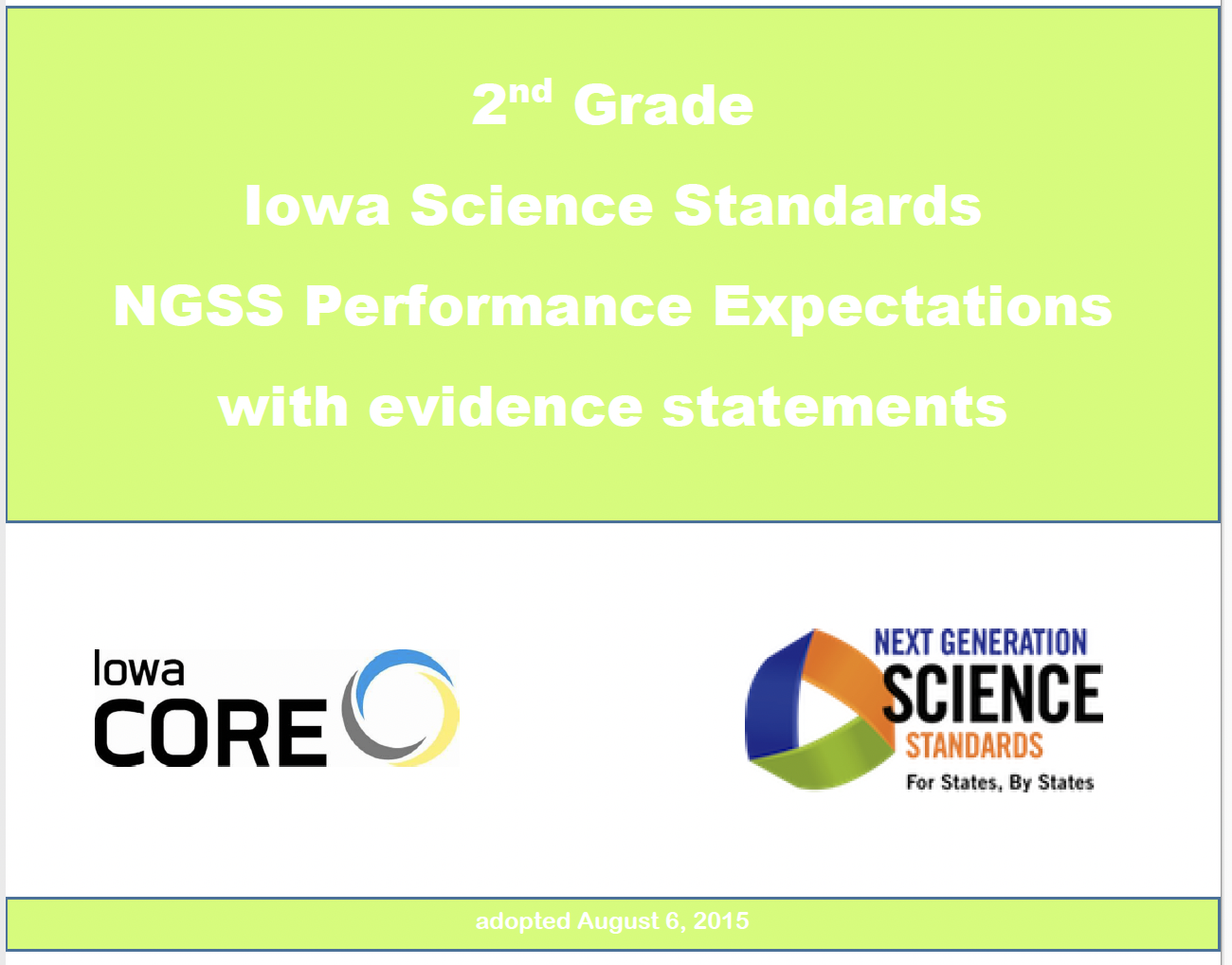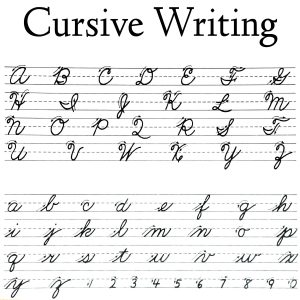The performance expectations in second grade help students formulate answers to questions such as: “How does land change and what are some things that cause it to change? What are the different kinds of land and bodies of water? How are materials similar and different from one another, and how do the properties of the materials relate to their use? What do plants need to grow? How many types of living things live in a place?” Second grade performance expectations include PS1, LS2, LS4, ESS1, ESS2, and ETS1 Disciplinary Core Ideas from the NRC Framework. Students are expected to develop an understanding of what plants need to grow and how plants depend on animals for seed dispersal and pollination. Students are also expected to compare the diversity of life in different habitats. An understanding of observable properties of materials is developed by students at this level through analysis and classification of different materials. Students are able to apply their understanding of the idea that wind and water can change the shape of the land to compare design solutions to slow or prevent such change. Students are able to use information and models to identify and represent the shapes and kinds of land and bodies of water in an area and where water is found on Earth. The crosscutting concepts of patterns; cause and effect; energy and matter; structure and function; stability and change; and influence of engineering, technology, and science on society and the natural world are called out as organizing concepts for these disciplinary core ideas. In the second grade performance expectations, students are expected to demonstrate grade appropriate proficiency in developing and using models, planning and carrying out investigations, analyzing and interpreting data, constructing explanations and designing solutions, engaging in argument from evidence, and obtaining, evaluating, and communicating information. Students are expected to use these practices to demonstrate understanding of the core ideas.
2nd Grade Performance Evidence Booklet(1839S-CR)
The performance expectations in second grade help students formulate answers to questions such as: “How does land change and what are some things that cause it to change? What are the different kinds of land and bodies of water? How are materials similar and different from one another, and how do the properties of the materials relate to their use? What do plants need to grow? How many types of living things live in a place?” Second grade performance expectations include PS1, LS2, LS4, ESS1, ESS2, and ETS1 Disciplinary Core Ideas from the NRC Framework. Students are expected to develop an understanding of what plants need to grow and how plants depend on animals for seed dispersal and pollination. Students are also expected to compare the diversity of life in different habitats. An understanding of observable properties of materials is developed by students at this level through analysis and classification of different materials. Students are able to apply their understanding of the idea that wind and water can change the shape of the land to compare design solutions to slow or prevent such change. Students are able to use information and models to identify and represent the shapes and kinds of land and bodies of water in an area and where water is found on Earth. The crosscutting concepts of patterns; cause and effect; energy and matter; structure and function; stability and change; and influence of engineering, technology, and science on society and the natural world are called out as organizing concepts for these disciplinary core ideas. In the second grade performance expectations, students are expected to demonstrate grade appropriate proficiency in developing and using models, planning and carrying out investigations, analyzing and interpreting data, constructing explanations and designing solutions, engaging in argument from evidence, and obtaining, evaluating, and communicating information. Students are expected to use these practices to demonstrate understanding of the core ideas.










